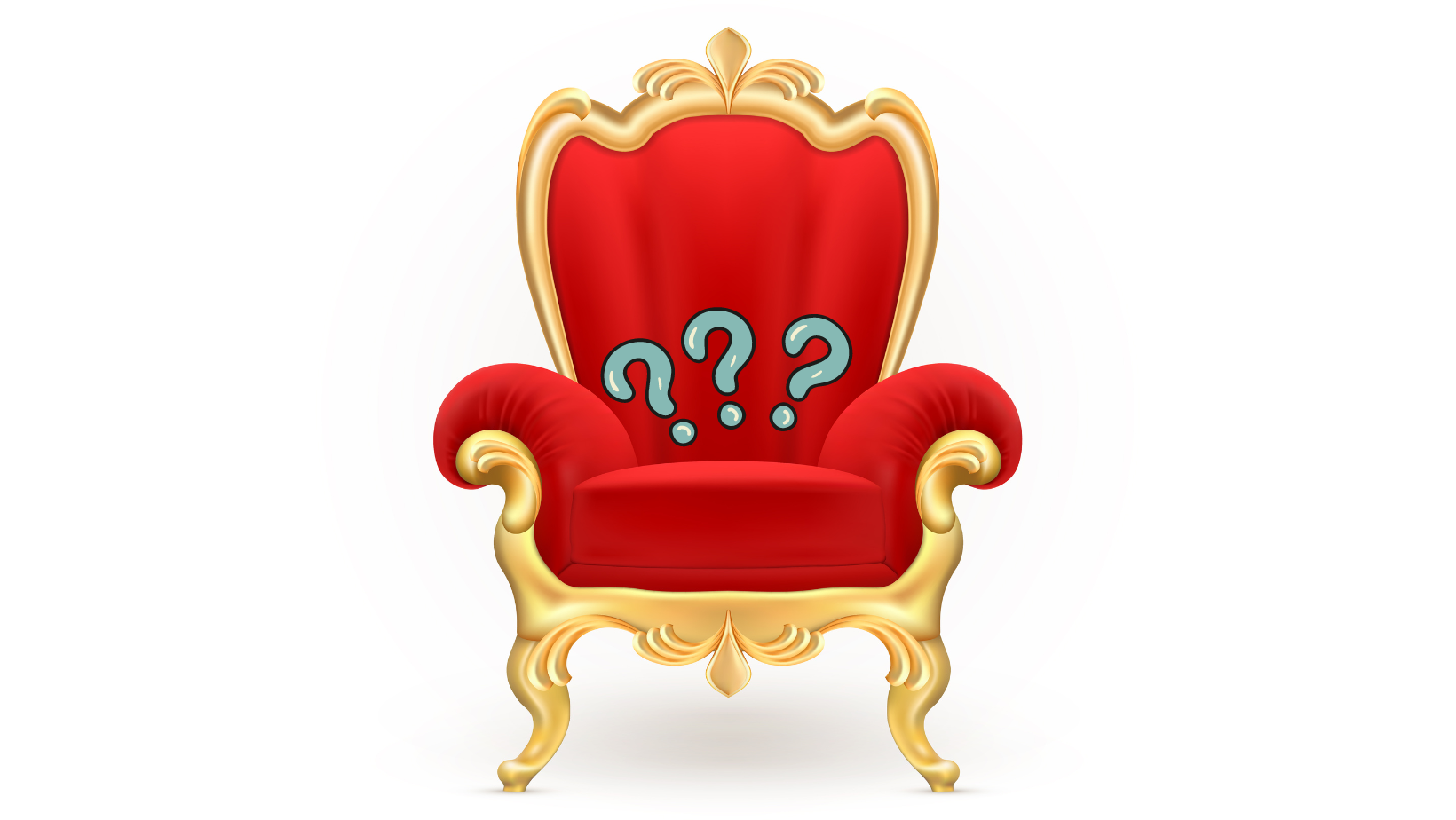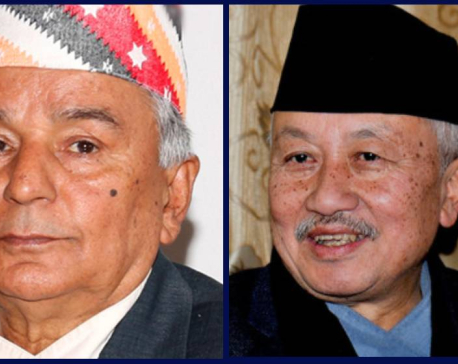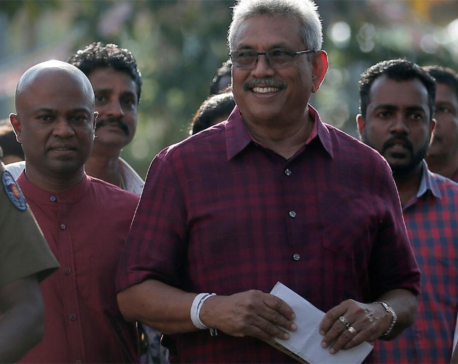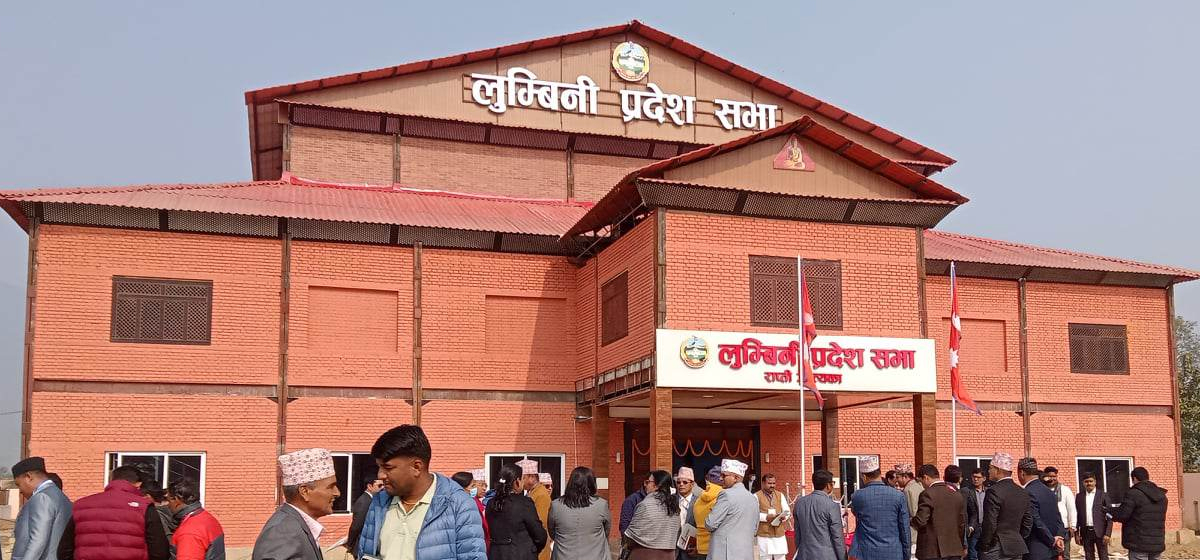
OR
#Editorial

The presidential election scheduled for Thursday marks yet another significant moment in Nepal's political history. Two candidates, namely Ram Chandra Poudel of Nepali Congress and Subash Chandra Nembang of CPN-UML, are vying for the post of the country’s head of the state. The president is elected by an electoral college composed of the members of the federal parliament and the provincial assemblies. It consists of 884 members, including 275 members of the House of Representatives (Lower House), 59 members of the National Assembly (Upper House), and 550 members of seven provincial assemblies. The weight of each vote varies according to the Federal law, with a member of the federal parliament's vote carrying 79 votes, and a member of the provincial assembly's vote carrying 48 votes. Together, there will be a total of 52,707 votes up for grabs. Since the Election Commission (EC) has announced that the final results of the voting will be made public within hours after the election is over, we can expect to have the country’s third president elected by late evening on Thursday.
The election of the president is a crucial aspect of Nepal's democratic system, and this will be the fourth time the country holds such an election since embracing the federal democratic republican system. Unlike the prime minister, who serves as the country's chief executive, the election of the president is most representative as provincial assembly members from all seven provinces and national assembly members, who are elected through the electoral college consisting of members of the provincial assemblies, chairpersons and vice-chairpersons of the rural municipalities, and mayors and deputy-mayors of the municipalities, also take part in the electoral process. Thus, indirectly, all Nepali people have a say in who becomes the next president. This is important because the presidency has replaced the institution of monarchy, which was previously seen as a symbol of unity in the country before its abolition in 2008. The republican system has allowed individuals born in simple families to become the country's head of state, and this is a historic achievement for the democratic transformation of the country.
But it is time to move away from the practice of treating our president like former royals, in order to ensure that the institution of the presidency is respected by all. Unnecessary security protocols and lavish motorcades that result in the closure of traffic for hours causing inconvenience to the people who elect the president must be avoided. Furthermore, the post of the president in Nepal is primarily ceremonial and holds limited power. However, in recent years, the presidency has been a topic of controversy as it tried to exercise more power than envisaged in the constitution. The new president should take lessons from the past and give continuity to the good practices while avoiding the practices that are deemed controversial. It is essential to remember that the president's role is to safeguard the constitution and ensure that the political changes made since 2006 are protected. Thus, the new president should be committed to fulfilling these responsibilities and work towards ensuring that the presidency remains non-controversial and non-partisan. The president is a unifying figure, and it is essential to ensure that the elected candidate is given the respect and support needed to carry out their duties. All parties and citizens must work together to ensure that the presidency remains non-partisan and works towards the betterment of the country. It is our hope that people will not have to ask, "Whose president?" but proudly say, "My president" as the new president will assume his office beginning March 13.
You May Like This

Two former Speakers of federal parliament in fray for presidential election as ruling alliance begins to break apart
KATHMANDU, Feb 26: Two former Speakers of the House of Representatives (HoR) are set to contest for the presidential election... Read More...

Sri Lanka strongman Rajapaksa set to become president after rival concedes defeat
COLOMBO, Nov 17: Sri Lanka’s former wartime defence chief Gotabaya Rajapaksa was set to become president after his main rival conceded... Read More...

Leader Poudel asks cadres not to engage in groupism
CHITWAN, Jan 6: Senior leader of the Nepali Congress, Ram Chandra Poudel, has directed the party cadres not to engage... Read More...


Just In
- Rautahat traders call for extended night market hours amid summer heat
- Resignation of JSP minister rejected in Lumbini province
- Russia warns NATO nuclear facilities in Poland could become military target
- 16th Five Year Plan: Govt unveils 40 goals for prosperity (with full list)
- SC hearing on fake Bhutanese refugees case involving ex-deputy PM Rayamajhi today
- Clash erupts between police and agitating locals in Dhanusha, nine tear gas shells fired
- Abducted Mishra rescued after eight hours, six arrested
- Forest fire destroys 13 houses in Khotang
















Leave A Comment